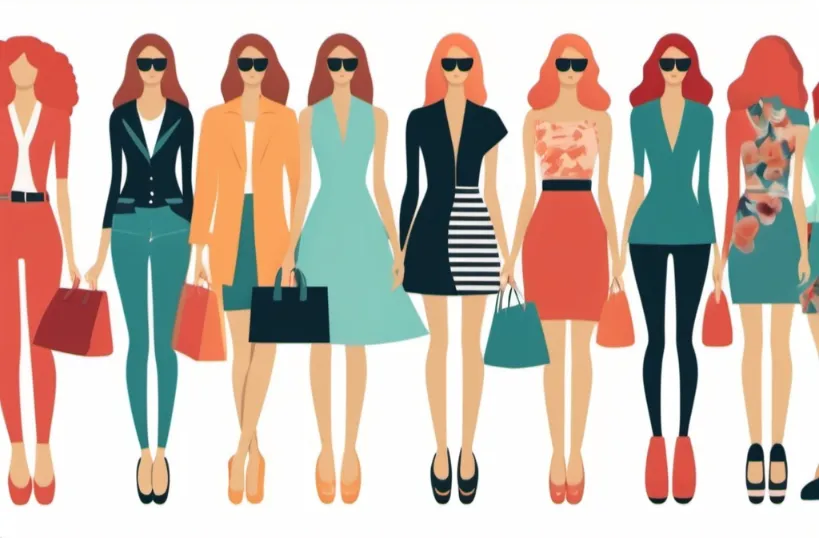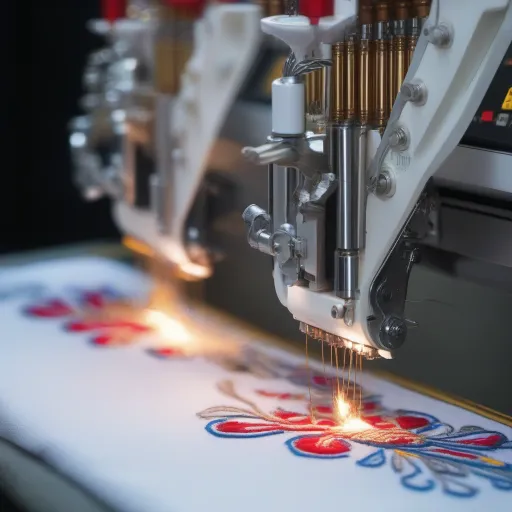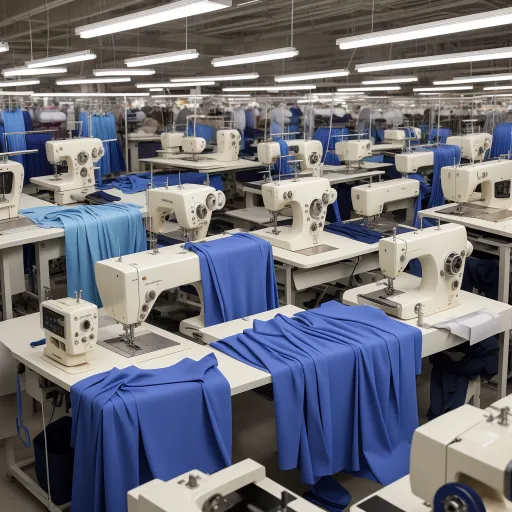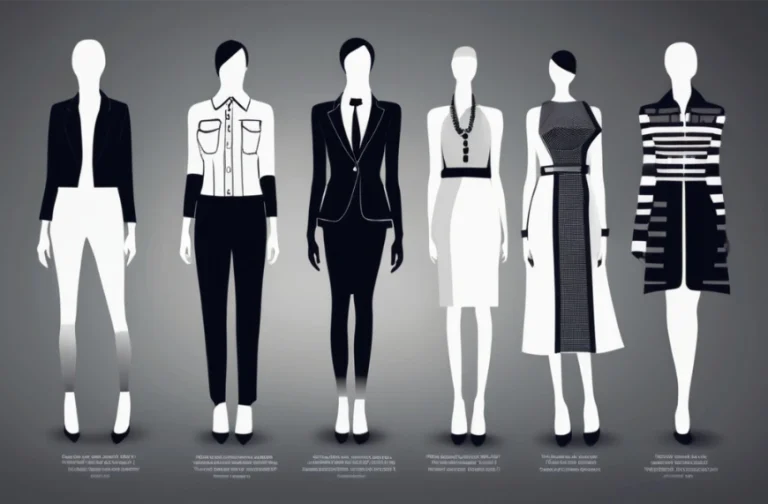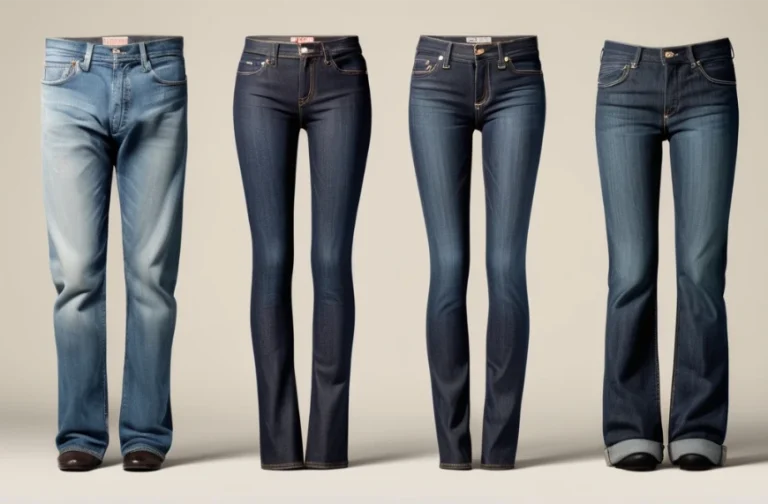What Age Group Buys the Most Fast Fashion?
In recent years, we have conducted a survey. Our survey suggested the global fashion industry is primarily influenced by the changes in the generation. Consumers of most fast fashion items are 18 to 24 years old.
This global fashion industry is seeing a change with the emergence of fast fashion brands.
Companies like shein, Zara, H&M are seeing a revolution that offers trendy clothing at an affordable price.
If we want to understand who is the primary purchaser of the fashion items, we will see a common pattern.
So, What Age Group Buys the Most Fast Fashion?

Gen Z (Aged 18-24)
Gen Z is undoubtedly the primary consumer of fast fashion. They are young adults who were born between 1997 and 2012. They are the largest demographic that drives the fast fashion industry.
With their newly acquired economic freedom and income they are focusing more on rapid fashion. This group is more enthusiastic about affordability and accessibility of clothing items.
Some Gen Z individuals are still in school. Some are starting to enter their first stages of careers. They are now getting affordable income. This is shaping the trend in clothing items.
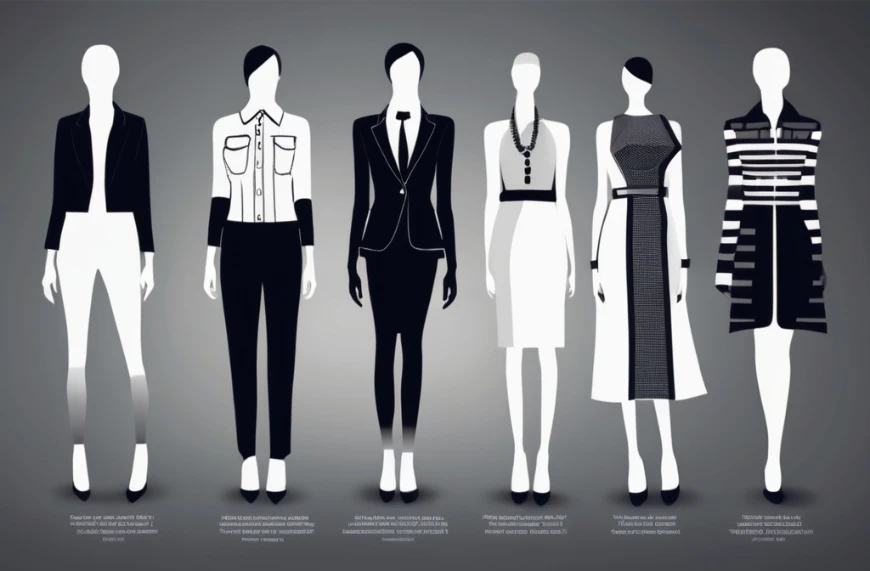
This changing generation is heavily influenced by social media and they spend a significant amount of time on platforms, like instagram, tik tok and youtube. These are the most common platforms for this generation.
These platforms directly influence the way generation Z will purchase. This is why influencers and celebrities on platforms play a significant role to promote the fashion brands.
The constant exposure to the trends and culture make this generation purchase new items frequently. But it’s also significant information that generation Z is more focused on sustainability approaches.
Unethical practices are highly criticized. So it shows how the consumers are eager to purchase affordable yet style clothing that comes from an ethically practiced manufacturing plant.
Millennials or Generation Y (Age 25 To 40)
Another significant player in the fashion industry are millennials who were born between 1981 and 1996. They have significantly more income than Gen Z.
They are more concerned about sustainability and environmental impact. They are the new middle class and upper middle class consumers.
Millennials are in the prime of their carriers and they have more disposable income than the Gen Z.
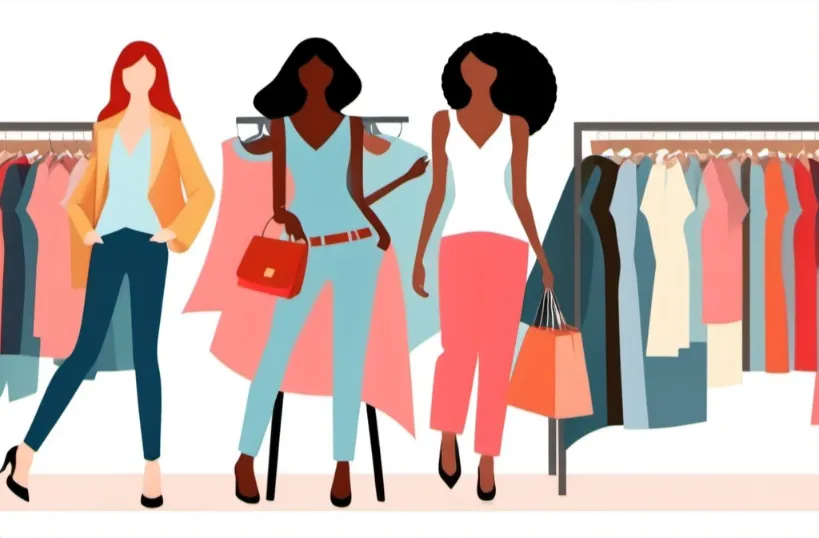
This fast fashion is more available at an affordable price to them. The millennials are looking for brands that offer a wider selection of trendy items. Millennials grow up in the digital revolution and they’re comfortable shopping online.
Free shipping, limited time sales, online deals, are a key component of attracting millennials and drawing their attention.
They are comfortable with technology. That means they quickly embrace the fast delivery options.
One pattern can be seen that brand loyalty is high for the millennials. At the same time they are critical to the brands yet they are also super loyal to the brands. Millennials are looking for trendy yet affordable, easy to access clothing that fast fashion can offer them.
Gen-X
Generation x was born in 1965 and between 1980. This generation is often an overlooked generation for fast fashion conversation because they represent a powerful portion of the market.
This generation is generally financially stable with a proper job and extended family life. They have disposable income to spend on fashion then the younger generation. They are also one of the highest income and highest spending groups.

This generation is skeptical towards fast fashion and they are skeptical about the impact of the fashion industry. They are more aware of the environmental impact of fast fashion.
They witnessed the changes in the fashion industry, both in quantity and quality. They observe the quality, quantitative difference and also the fluctuation of the prices.
So, they prefer a classic product that comes with sustainable design rather than a trendy product.
They purchase in a node that we can use for an extended time. Gen x is not similar to young (Gen Z) because they do not impulse purchase. They are more frequent in practical and durable pieces of clothing.
A constant cycle of new trends does not influence them to buy new products. But there is a clear sign that they have a brand preference. They are more likely to become loyal fans of established brands’ fashion.
Like in other sectors, some of the generation x people say fashion is a local product. They do not trust international fast fashion brands.
Baby Boomers
Baby boomers are aged 59 to 77 years old. They are the oldest generation that consumed fast fashion. They were born between 1946 to 1964. They are representing a smaller portion of the fast fashion market.
This generation is active in the fast fashion industry because they make the most money in this generation. This boomer generation is the wealthiest generation of above-mentioned age groups.
This generation is more practical over trendiness. As a result, they focus more on the comfort and practicality of the clothing.
I’m not saying that they are opting out from the latest trends, but their basic requirements are casual wear and affordable work wear.
This generation is less likely to embrace quick trends and less likely to be influenced by social media. The boomers also seem to be limited to online shopping.
We can see an increase of baby boomers in online shopping but they are not digitally active like other younger generations.
It just makes them less and less popular with fast fashion brands and particularly online fast fashion businesses.
Baby boomers are socially aware and they are also not as environmentally focused like other younger generations.
They make purchases based on long-term value and value for money. They also look for durability and ethical concerns, but this ethical concern does not conflict with their purchase behavior so much.
Key Drivers Behind Fast Fashions Popularity
There are some key factors that play a role in the popularity behind fast fashion, especially to the generation Z and generation Y.
Millennials and generation Z are the primary consumers of fast fashion. They look for affordability.
They see fast fashion as their way to get trendy habits. They are more likely to be in their early stages of career. They do not have so much disposable money.
But with the disposable money they can become more trendy to buy stylish and quick fashion items.
This also makes affordability their priority. Some of the generation Z are still in school and their budgets are thin. Still they look for a constant trend cycle, especially with the rise of social media.
They are not limited to just social media that plays a significant role in their purchase behavior. The rise of tik tok and instagram fashion trends move their behavior faster than ever.
They also feel pressure to look fashionable in the social media landscape. Gen Z and generation are more able to use online purchase and shopping.
They do not have technical shortcomings or technological handicappedness. So they are more prone to online shopping.

This also makes it easier for them to buy faster as they browse and buy on the go. So the brand offers easy navigation and fast delivery to the consumers.
Many brands are investing a lot for mobile friendly shopping experiences because most of the generation y are smartphone users.
It’s not surprising that the younger generation are leading the fast fashion world with the rise of influencer cultures.
This economy is also a significant player. Fast fashion brands are collaborating with the influencers because they are one of the significant culture determiners.
This is because they can directly influence the consumers’ frequent purchase behavior.
Last Words About the Fashion Buyers
Fast fashion can appeal to a broad range of consumers. Especially the generation Z and millennials.
They are the primary consumers of fast fashion. This generation feels more connected to the new styles and quick fashion items.
They look for affordability and convenience and they continue to become the future of retail purchases of fashion.
In these upcoming times, ethical practices and sustainable practices will become the go-to thing to influence the purchase behavior.

